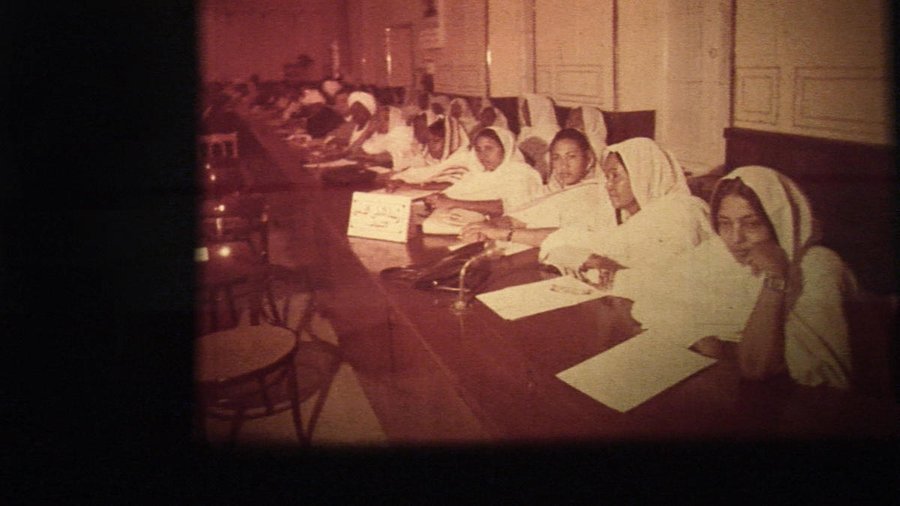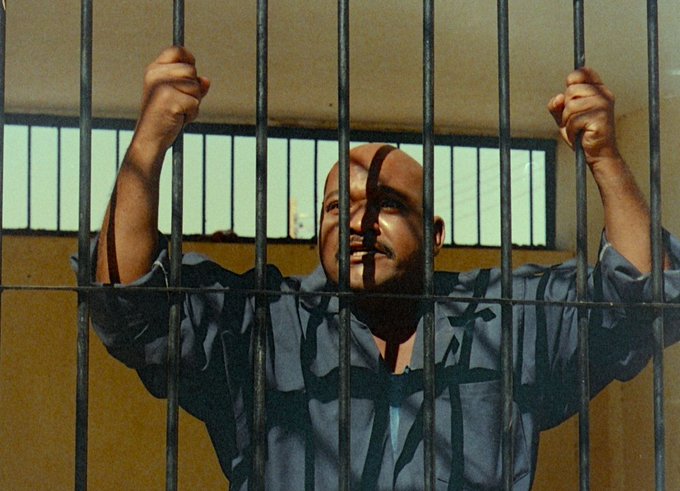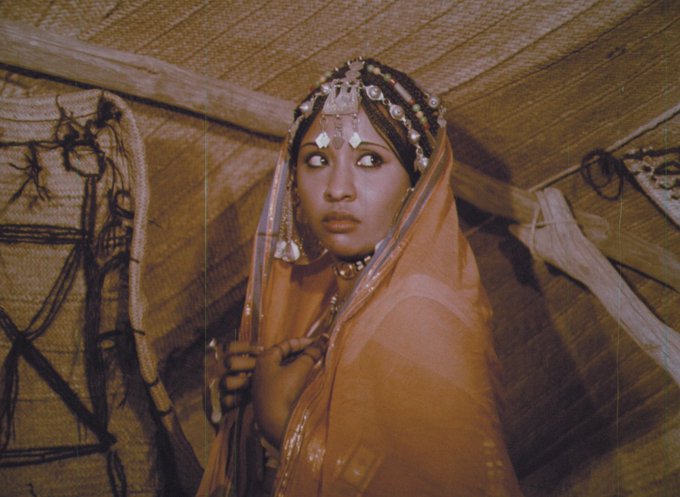Using terms like “father/mother of African cinema” can oversimplify and overlook the diverse contributions made by filmmakers across the continent. We should ideally refer to “African cinemas” (plural) or “African film industries.”
Understanding historical context is crucial to building on past achievements and fostering genuine progress across African film industries.
Sudanese filmmaker Gadalla Gubara provides a case study within this context. He’s not just a pioneering figure in Sudanese cinema but in the history of African cinemas overall.

Born in 1920, Gadalla Gubara had a prolific career in film and photography that spanned over five decades. His professional journey began during World War II when he was exposed to film while serving as an officer in the Royal Corps of Signals on the North African campaign. This experience led him to seek further training after the war, while stationed in London and Cyprus.
After his training, the British Film Unit commissioned him to return to Sudan and make educational films about the country’s agriculture schemes to be screened to local audiences across the country. This marked the beginning of his career in film production.
In 1955, Gubara produced Africa’s first color film, “Song of Khartoum,” contributing to the genre of documentary films about avant-garde cities. Following Sudan’s independence in 1956 (the first sub-Saharan African country to achieve independence), Gubara became the main filmmaker for the newly established Sudan Film Unit under the Ministry of Culture and Information. During this period, he documented many events and everyday life with his camera.

At the end of the 1950s, he received a grant to continue his film studies at the University of Southern California. Upon his return, he was appointed as director of the Sudan Film Unit in 1962.
In 1974, Gubara left the Sudan Film Unit to set up Sudan’s first private film studio, Studio Gad. His first feature film, “Tajouj” (1977), is a dramatic story set in rural Eastern Sudan. The film won the Nefertiti Statue, Egypt’s highest film award, at the Cairo International Film Festival in 1982, and won prizes at film festivals in Alexandria, Ouagadougou, Tehran, Addis Ababa, Berlin, Moscow, Cannes, and Carthage.
Gubara’s filmography includes numerous documentaries and other feature films including “Barakat Al-Sheikh” (1998), and a curious adaptation of Victor Hugo’s “Les Misérables” in 2006.

Gubara passed away in 2008. Despite losing his sight at the age of 80 and having his studio confiscated by the government, he continued with his film projects, with his daughter Sara Gadalla Gubara assisting him.
There’s much more to explore about Gubara. For now, hear his story in Frédérique Cifuentes’s 2008 documentary, “Cinema in Sudan: Conversations with Gadalla Gubara.”
As a supplement, watch the 2019 documentary “Talking About Trees,” if it’s available to stream where you are. You’ll also find the trailer below.
Now juxtapose against this: “Sudan’s Forgotten Films” courtesy of Al Jazeera. Home to 13,000 films, the Sudan Film Archive preserves pivotal moments of the country’s turbulent history and is one of the largest in Africa. But the archive is in a fragile state, following years of neglect and poor storage.